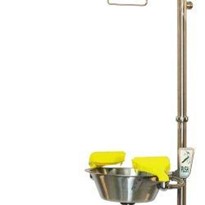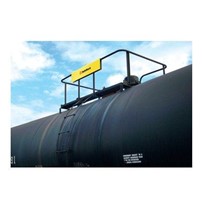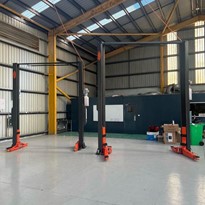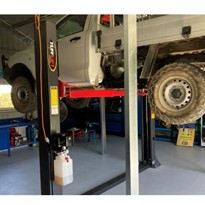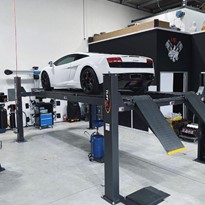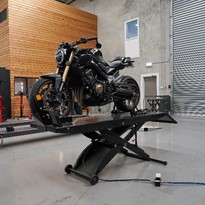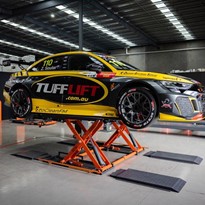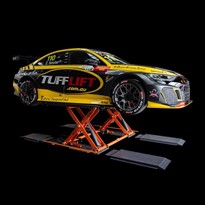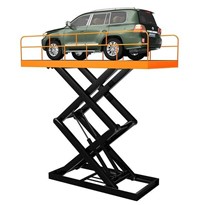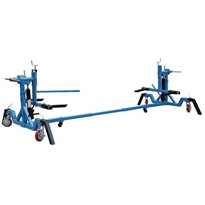Here we cover some of the basics to operate hoists and lifts safely and effectively.
General tips for operating car hoists and lifts
- Be sure that you know the load limits of your hoist or lift and don’t overload. The capacity can be found in the product documentation and nameplate.
- Position the vehicle on the lift or hoist so that the centre of gravity is balanced.
- Before lifting, check overhead clearances. Watch out for any attachments, antennas and vehicle signs.
- Close the vehicle doors, bonnet and boot. Ensure that no one is inside the vehicle before raising it.
- Make sure there are no people within 2 metres of the vehicle before lifting.
- Check all components of the lift each day before using.
- When working under raised vehicles, wear personal protective equipment (PPE). This includes face protection or goggles to protect from dust, rust and leaking fluids or a hard hat to protect from falling objects.
Placing a vehicle on a lift or hoist
- Place the transmission in neutral, turn of the ignition, check for overhead objects (such as radio antennas) and close all doors.
- Place pads or adaptors in the correct positions under the contact points recommended.
- Before raising the lift, ensure that the automatic chock devices on the runway or drive-on lifts are in position. Make sure permanent blocks are sufficient to prevent the vehicle from moving.
- Raise the lift or hoist until the wheels are just off the floor, around 30 cm.
- Recheck to make sure that the contact pads and any adaptors are accurately set, and the load is not being placed on vehicle parts that might be damaged.
- If the vehicle is not even or appears that it might slip, lower and reposition the vehicle on the lift or hoist.
- Watch for conditions that might cause the vehicle’s centre of gravity to shift and cause the vehicle to fall. For instance, before raising a vehicle, remove cargo or load that could move unexpectedly. Also, note that removing or installing parts may cause the centre of gravity to move and the vehicle to become unstable.
Lowering a vehicle on a lift or hoist
- Make sure no equipment, tools, jacks and other items are under the lift.
- Ensure that all people are standing clear of the lift or hoist before it is lowered.
- Lower the vehicle smoothly and slowly and lower the lift as low as possible.
- As needed, adjust the arms or other supports, or remove chocks, so you can move the vehicle without contacting any parts of the lift when driving the vehicle away.
- Before re-entering the area, lower the vehicle to the floor.
Things to avoid when operating the lift
- While the lift is moving, don’t leave the controls.
- Don’t raise only one end of the vehicle with the lift as it could roll and fall.
- Don’t work on a vehicle when it’s being raised or lowered on a lift or hoist.
- Don’t rock a vehicle when it’s on a lift or hoist.
- Don’t use wooden blocks or other homemade devices instead of proper lifting adaptors.
- Don’t lower a lift or hoist until all people and objects are clear from underneath.
- If the vehicle is unstable, don’t try to stabilise it in the air. Immediately lower it.




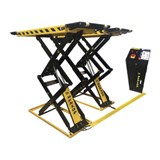
-160x160-state_article-rel-cat.png)

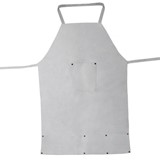

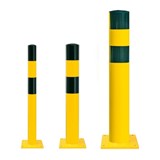
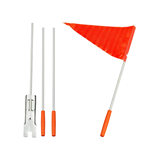
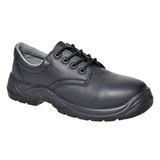
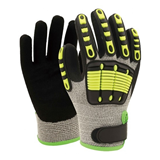
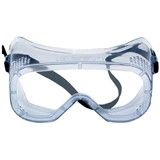
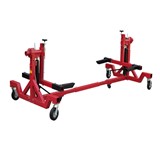

-205x205.jpg)
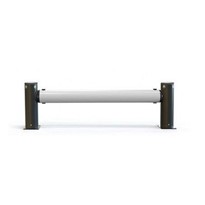



(1)-205x205.jpg)
(6)-205x205.jpg)
